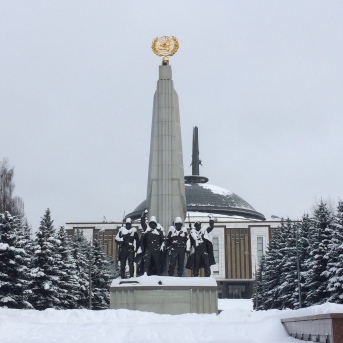 So, although alas it will be be weeks before I get to see the final version myself, the advance copies of my new book, The Vory: Russia’s super mafia (Yale University Press) are here, and the count-down to its release begins. It will be published on 10 April in the UK, and 22 May in the US. Meanwhile, I just wanted to flag up some launch events in London next month.
So, although alas it will be be weeks before I get to see the final version myself, the advance copies of my new book, The Vory: Russia’s super mafia (Yale University Press) are here, and the count-down to its release begins. It will be published on 10 April in the UK, and 22 May in the US. Meanwhile, I just wanted to flag up some launch events in London next month.
The actual launch will be at Pushkin House at 7pm on Monday 16 April, at which I’ll be talking about the writing of the book and, especially, the historical and cultural evolution of this organised crime subculture, and how far it has come to permeate Russia today.
Then, at Waterstones Gower Street on 6:30pm on Tuesday 17 April I’ll be in conversation with Matt Potter, author of the excellent Outlaws, Inc. (on Russian arms-and-everything-else air smugglers) on gangsters, Russia, and writing about these shadowy topics. Note that the price of a ticket includes a copy of The Vory and a drink – a bargain!
There will then be a closed session at Chatham House on Wednesday 18 April, which will soon be up on their events schedule, discussing the current Russian organised crime situation. I’ll update with a link when it is available.
***PLEASE NOTE – MY US TRIP HAS ALAS HAD TO BE CANCELLED, AND THESE EVENTS WITH THEM. For those of you in the States, I would also parenthetically mention that I’ll be giving a book talk at the NYU Jordan Centre on the Advanced Study of Russia at 12:30 on 4 April, and another talk on Russian organised crime at Colgate University on 2 April at 4:30pm.***
Beyond that, there are one or two other possibilities still under discussion, and again I will update this post if, as, and when they firm up. You can also keep up to date by following me on twitter (@MarkGaleotti) or on my Facebook page Mark Galeotti on Russia.

 A new Presidential Decree with the snappy title ‘
A new Presidential Decree with the snappy title ‘ Many people, especially in Russia, use Facebook as a professional tool, whereas I keep it primarily for personal friends. To bridge the gap between this blog and my
Many people, especially in Russia, use Facebook as a professional tool, whereas I keep it primarily for personal friends. To bridge the gap between this blog and my  There is a great deal of
There is a great deal of  Just a quick note, that an article of mine has appeared in the latest issue of
Just a quick note, that an article of mine has appeared in the latest issue of 














You must be logged in to post a comment.